水
Only 3.5 % of water on earth is fresh water. Keep it clean!
Clean water is important for the animals and the people who depend on it
Our rivers, streams, and groundwater are important for providing clean drinking water, irrigation water for crops, and habitats for many fish and wildlife species. Plentiful, clean water is important for the animals and the people who depend on it.
6
Major rivers run in Clackamas County: Willamette River, Clackamas River, Sandy River, Pudding River, Molalla River, and Salmon River

Where Rivers and Streams Begin
Rivers and streams start from small sources like wetlands, springs, and trickles of water flowing downhill. These small flows join together to form creeks, and as more creeks and streams combine, they eventually create rivers. The quality of water in a river depends on the health of these smaller streams. How we use land near these waterways can have a big impact on the water quality downstream.
Why Pollution Matters
Pollution does not just go away—it moves from one place to another. One of the main goals of soil and water conservation is to help people use natural resources in ways that protect our drinking water, prevent pollution, and improves habitats for native species.
Rivers, Streams, and Invasive Species
Rivers and streams are a vital part of our environment. They give us water to drink, water for growing food, and homes for fish and wildlife, like salmon. They also provide places for fun activities like swimming, fishing, boating, and kayaking. Keeping rivers and streams healthy is important for our communities and the environment.
However, invasive species, whether plants or animals, can harm the health of our waterways. Invasive weeds take over streambanks, pushing out native plants that protect the soil from erosion. Without strong roots to hold the banks together, erosion increases, and sediment enters streams causing poor water quality, and covering spawning areas for native fish. Sediment buildup and flooding can also cause big problems for people beyond the rivers and streams.
Fast-growing invasive plants can also outcompete young trees on the streambank. The weeds keep the trees from growing large enough to provide shade and protect water from warming. Water that is too warm loses its ability to hold oxygen, which can cause problems for fish and other aquatic wildlife.
Invasive weeds that grow in the water make rivers and streams less usable. They can clog boat propellers and motors, tangle fishing gear, and block pipes and pumps. When these plants die, they release nutrients in the water that increase algae growth. Both algae and decomposing plants use up oxygen in the water, which can harm fish and wildlife.
Invasive species, other than plants, can also cause water quality problems. Our friends at the Oregon Department of Fish and Wildlife keep close tabs on the movement of aquatic invasive species.



We offer loans to homeowners in Clackamas County to fix or replace broken or failing septic systems.
Water News

五月份 12, 2025• Land Management, Rural living, Water quality & quantity, Wildfire, Working lands
招标书 (IFB)--野火后恢复服务
我们为您而来!
克拉克马斯水土保持区
我们为克拉克马斯县的每个人提供土地管理和自然资源保护方面的专业建议。我们的目标是帮助人们找到保护自己的土地和我们共同的环境所需的工具和信息。使用我们的服务是自愿的,资金来自财产税。
22055 S Beavercreek Rd.1 号套房
俄勒冈州比弗克里克 97004
(503) 210-6000


